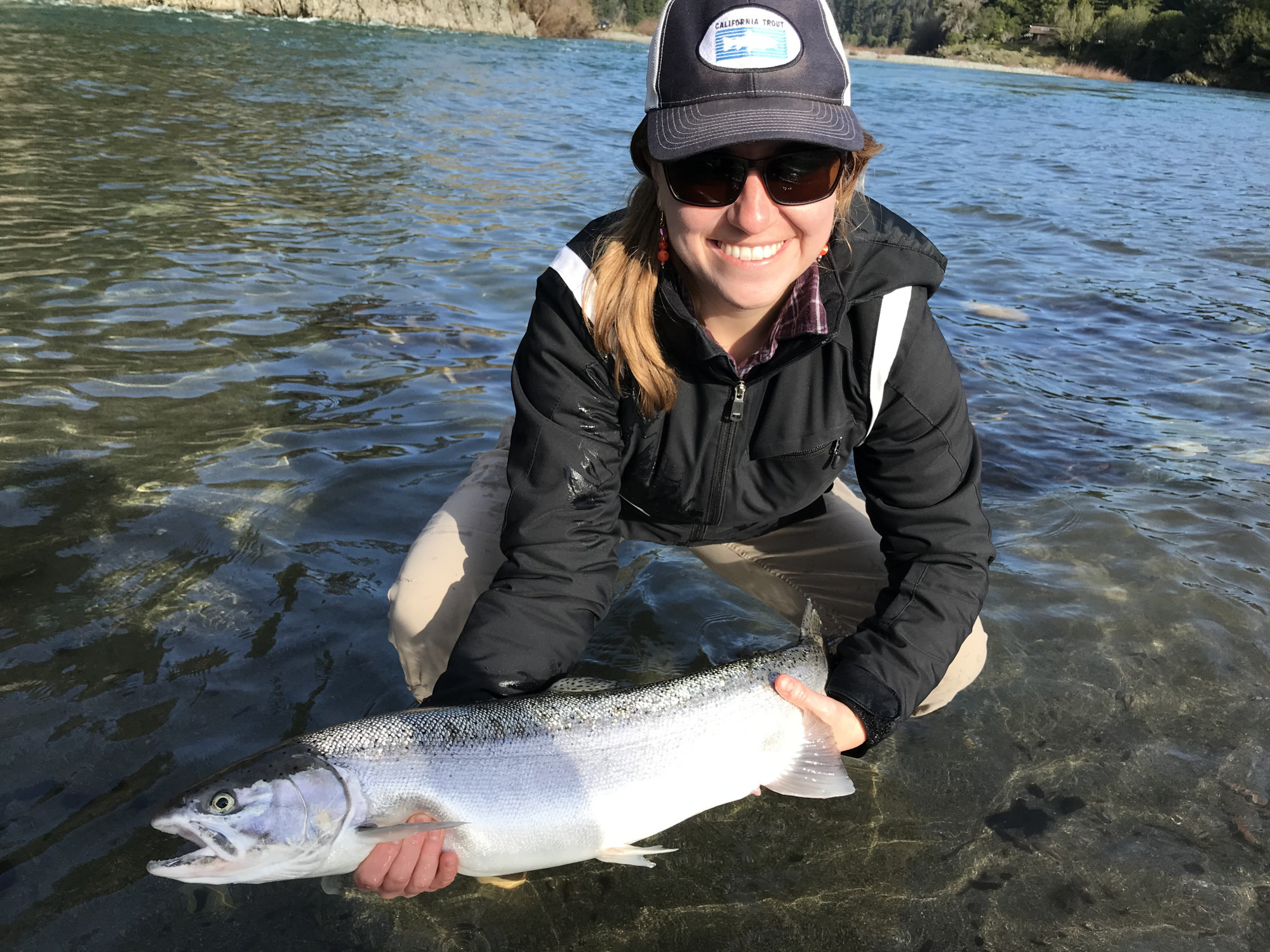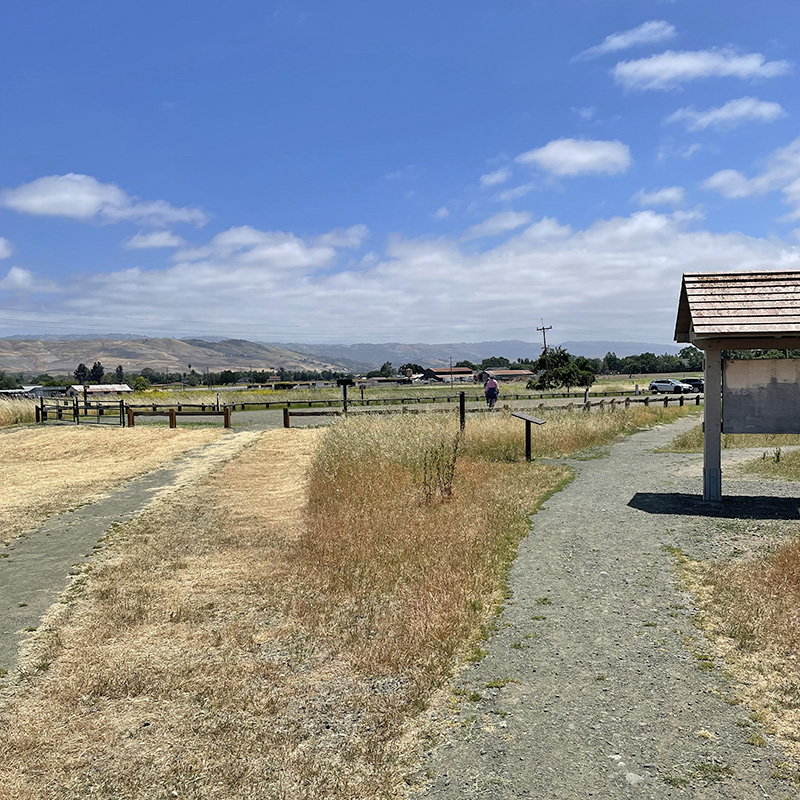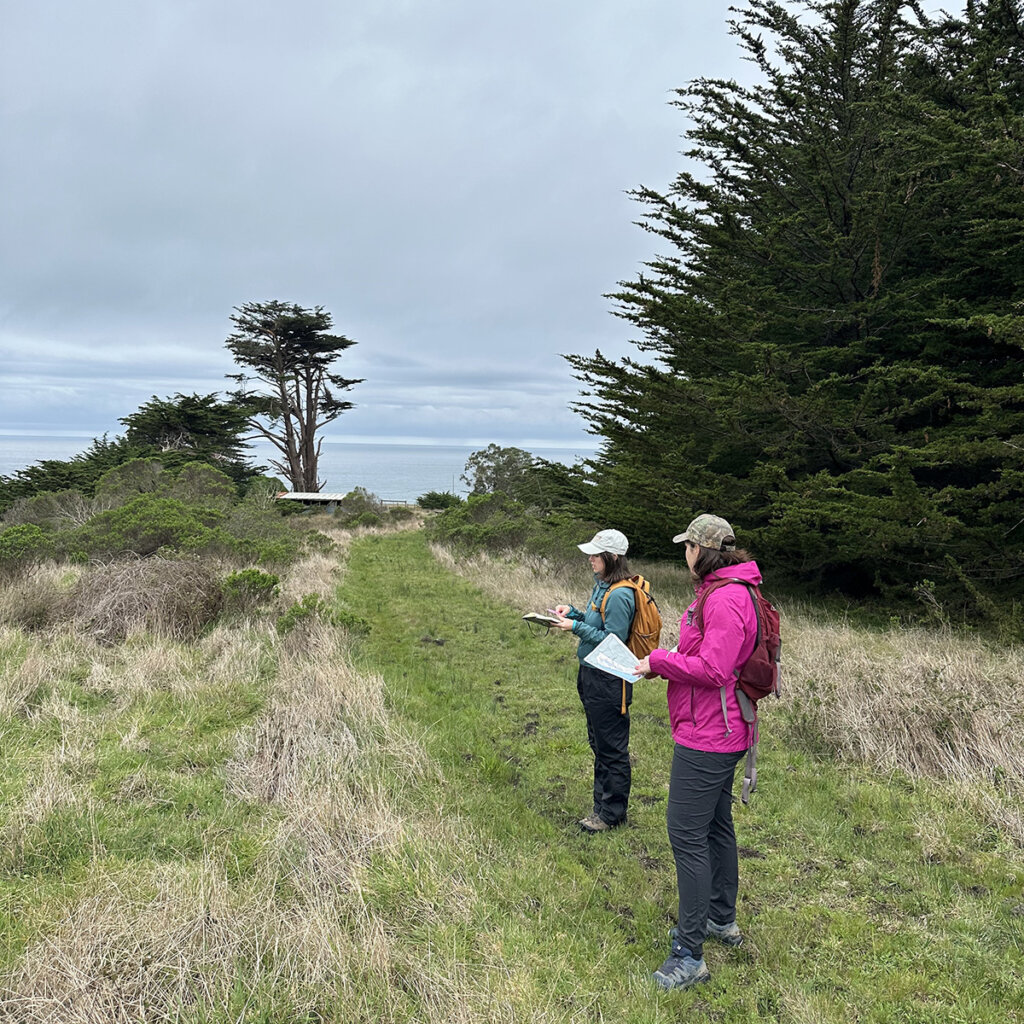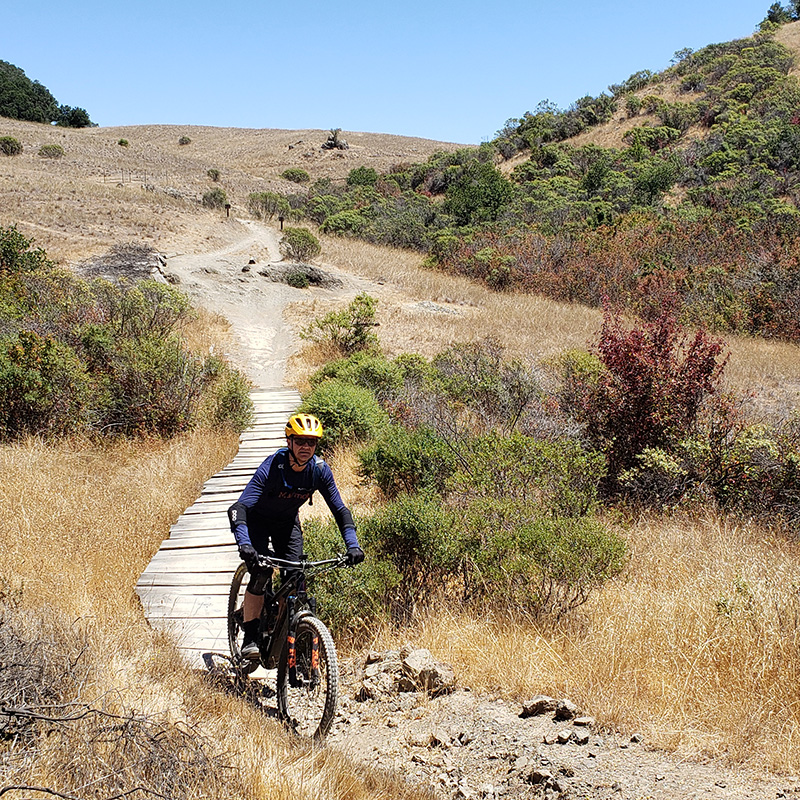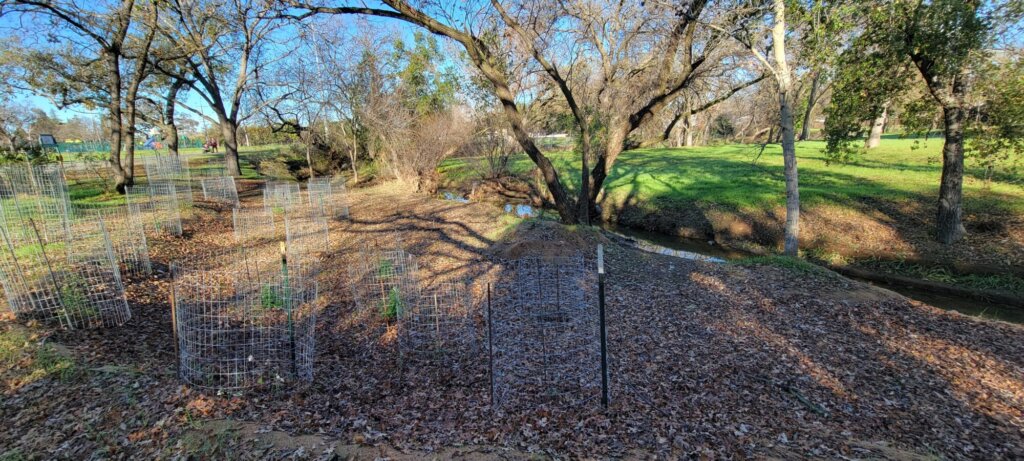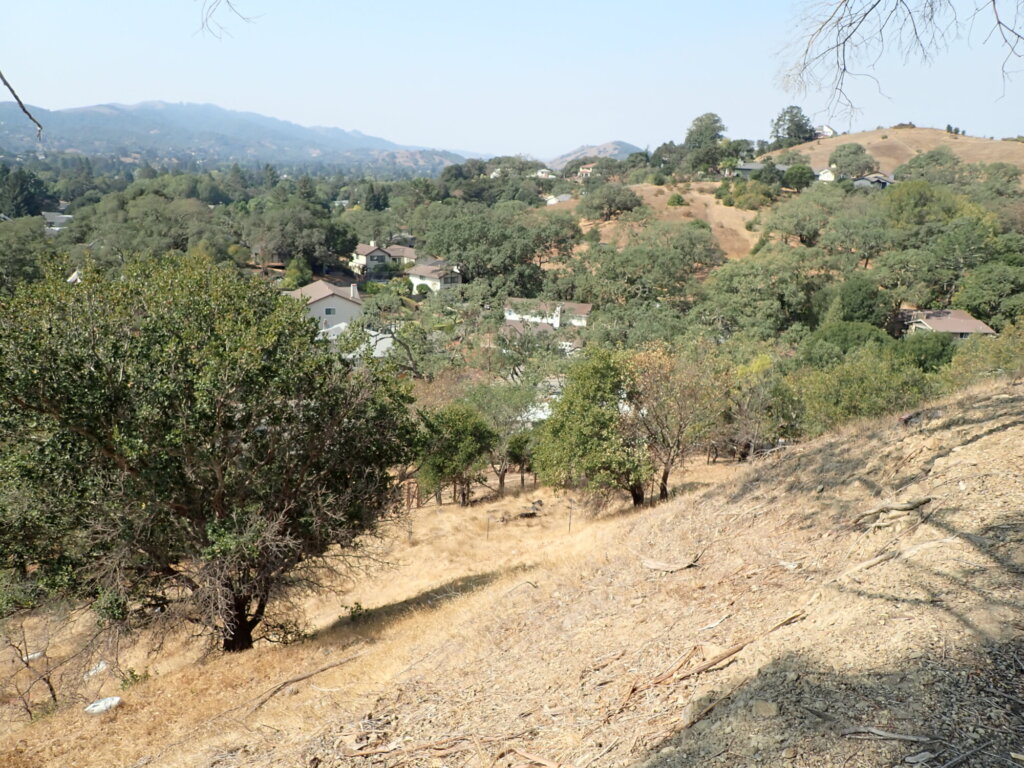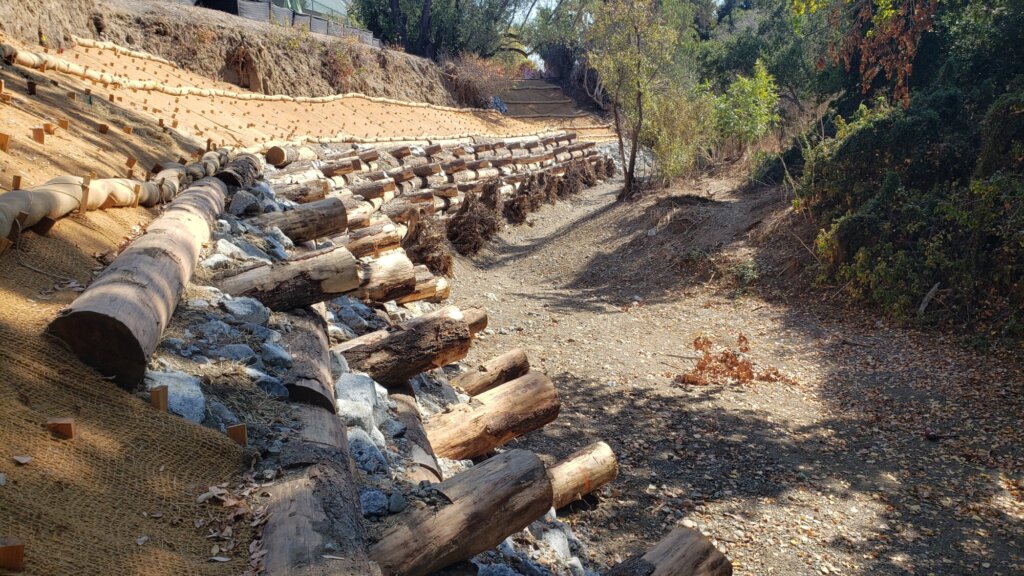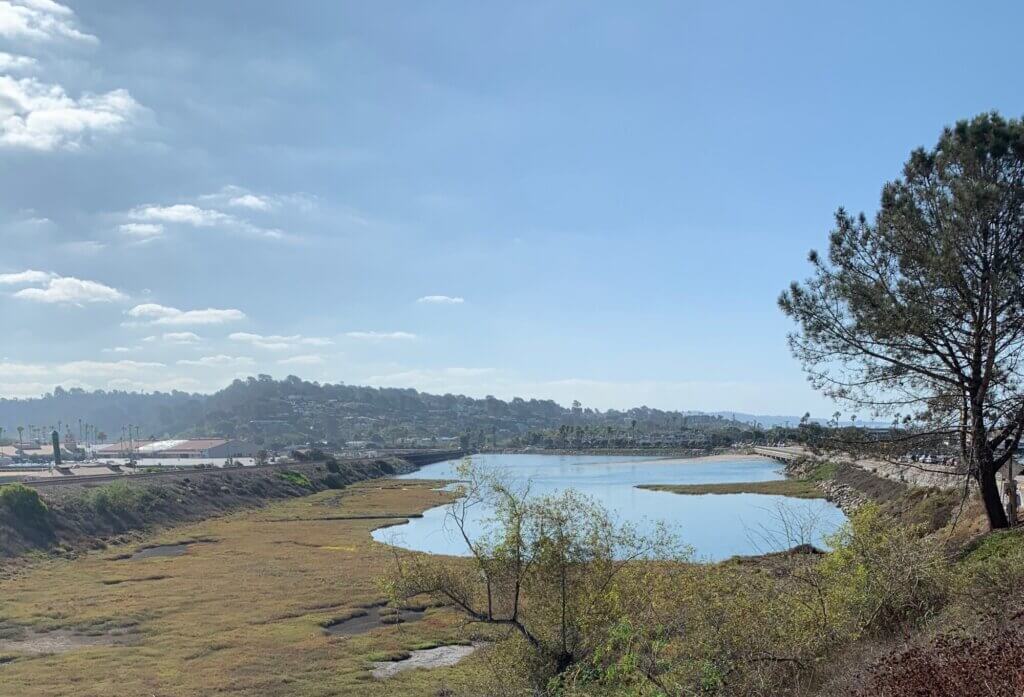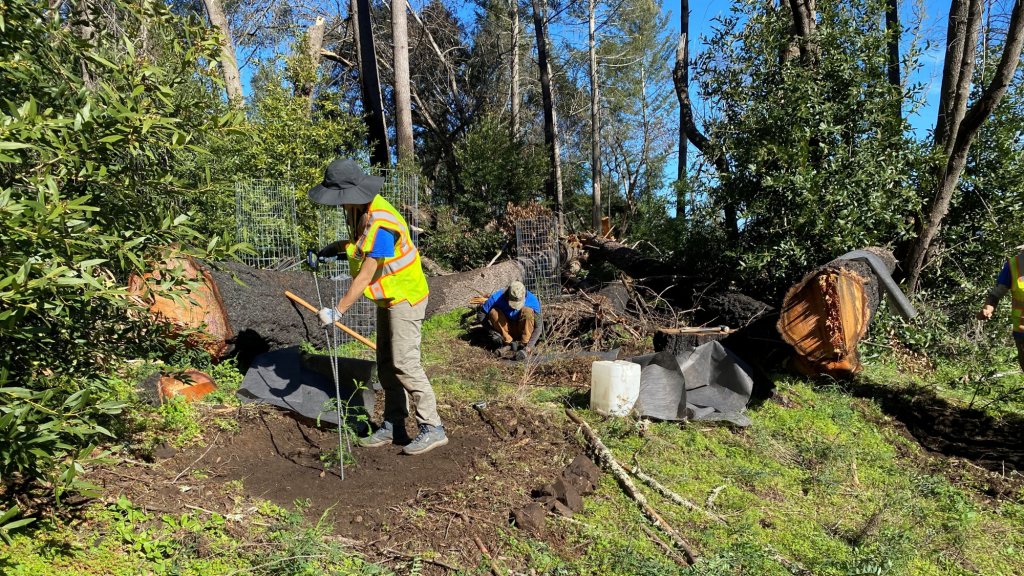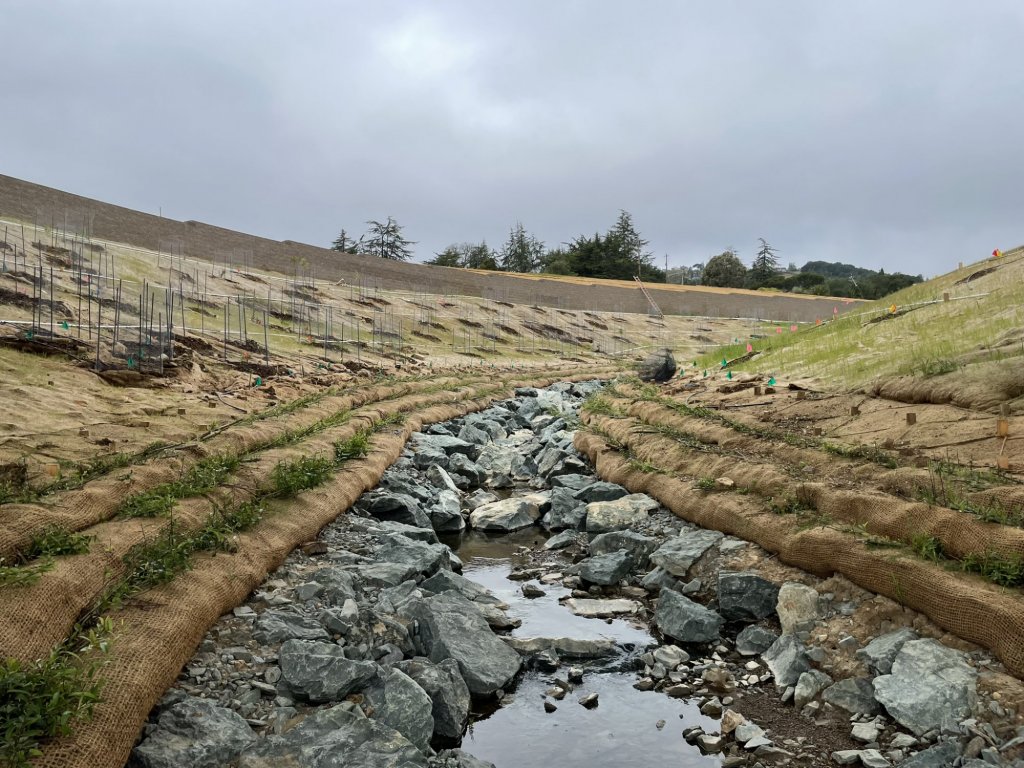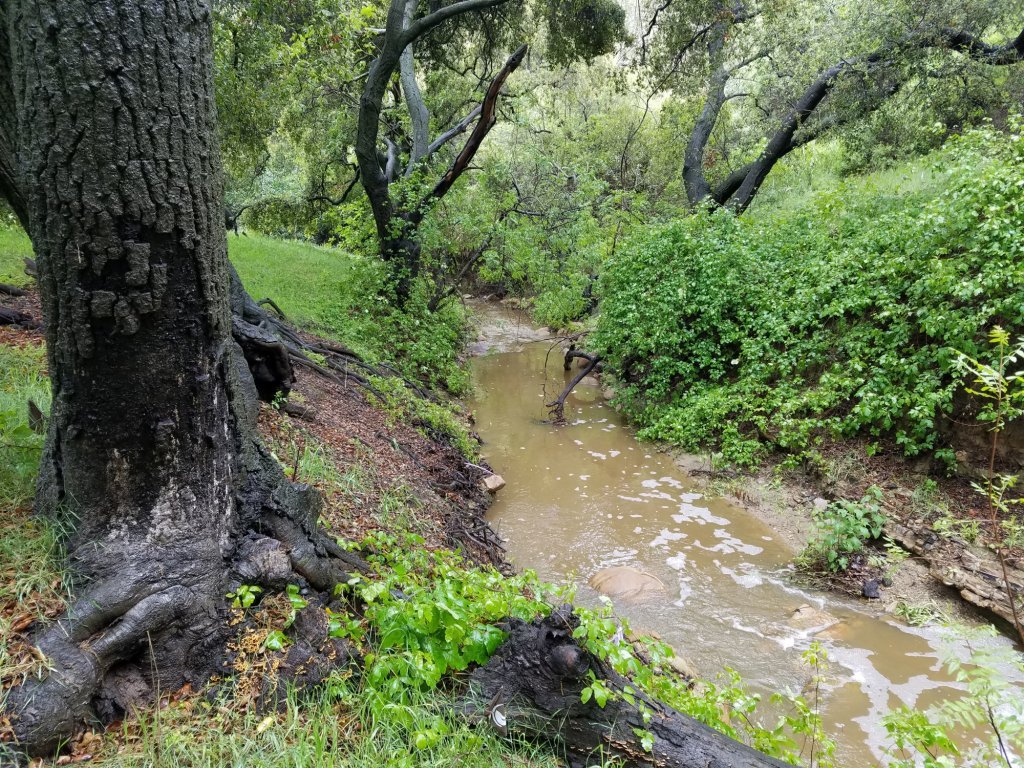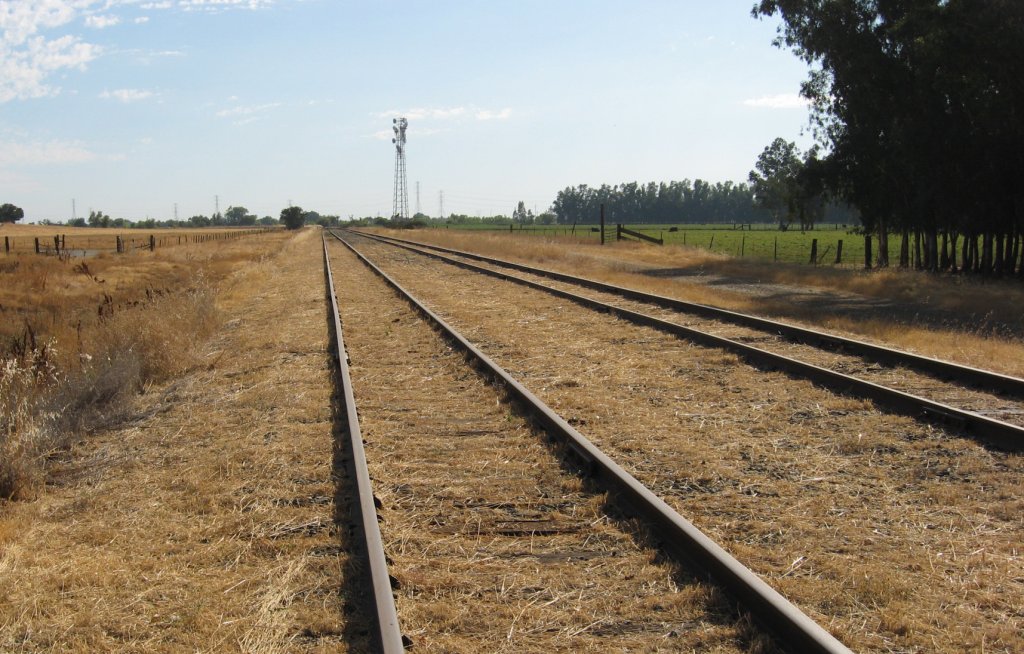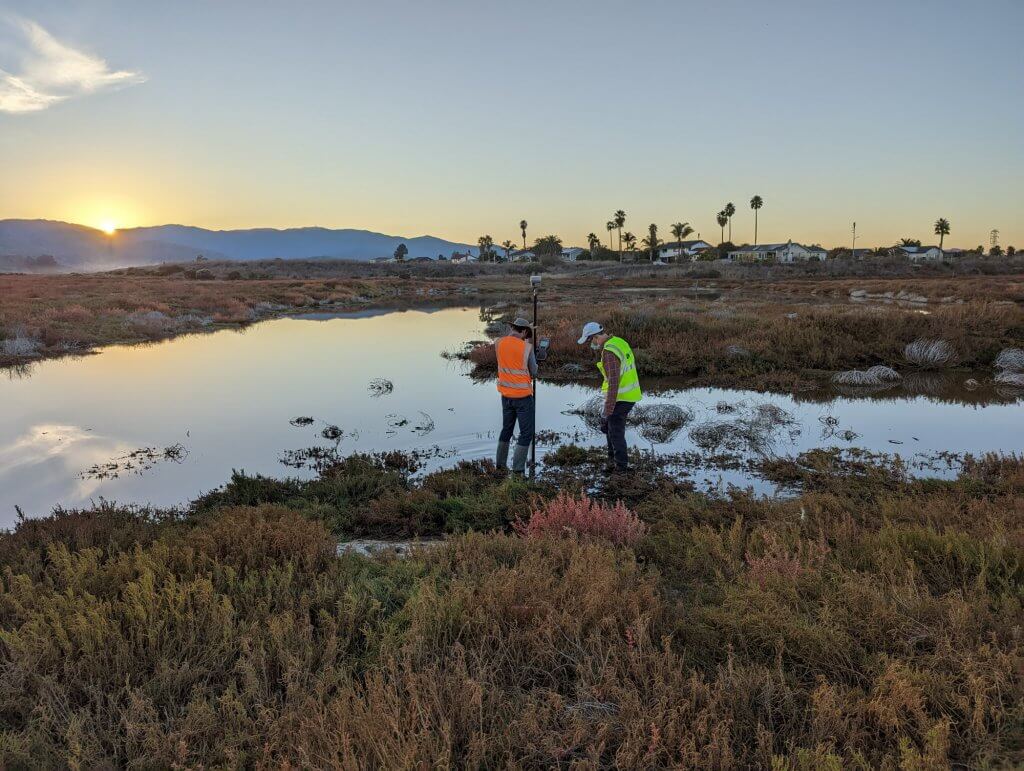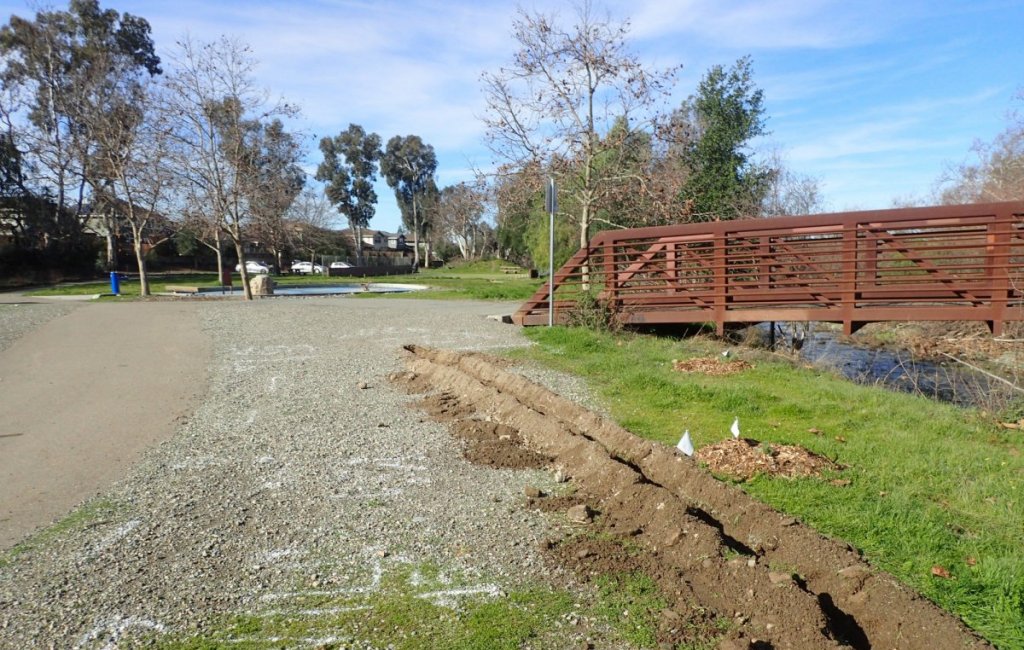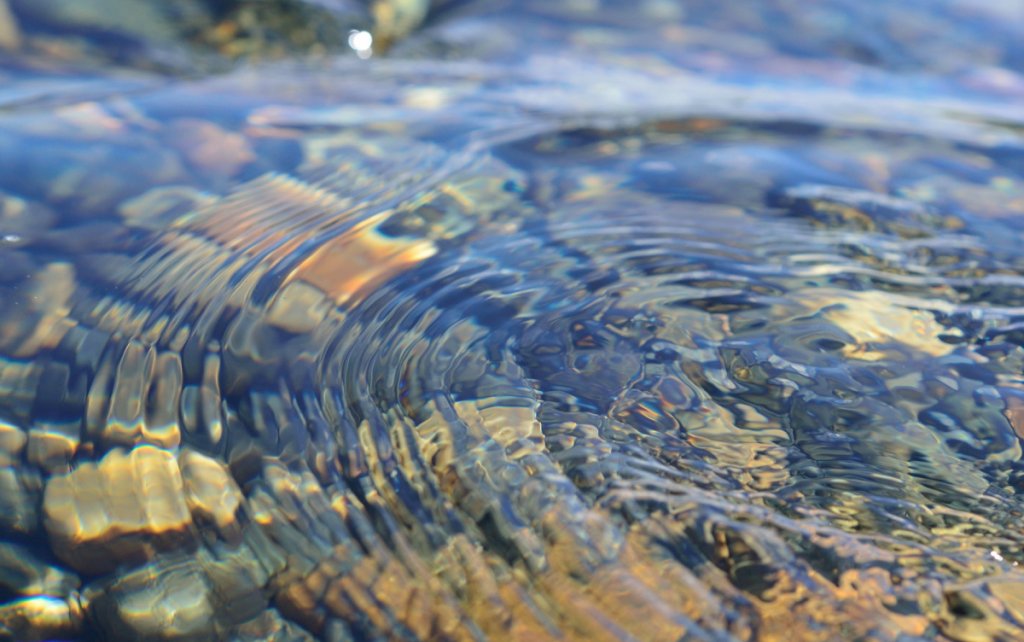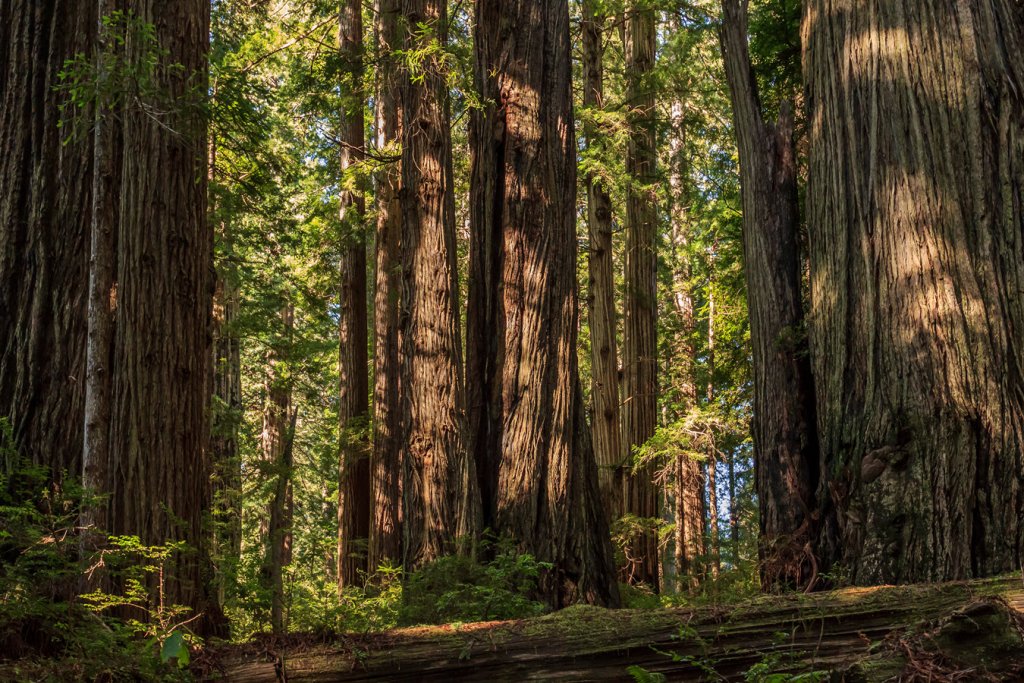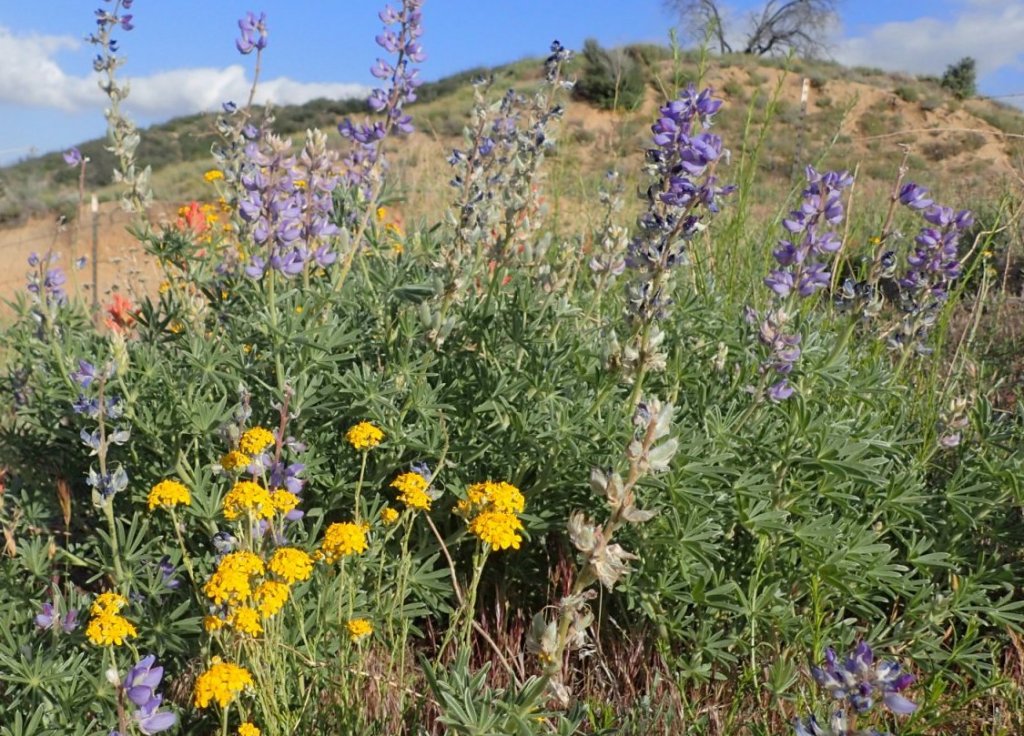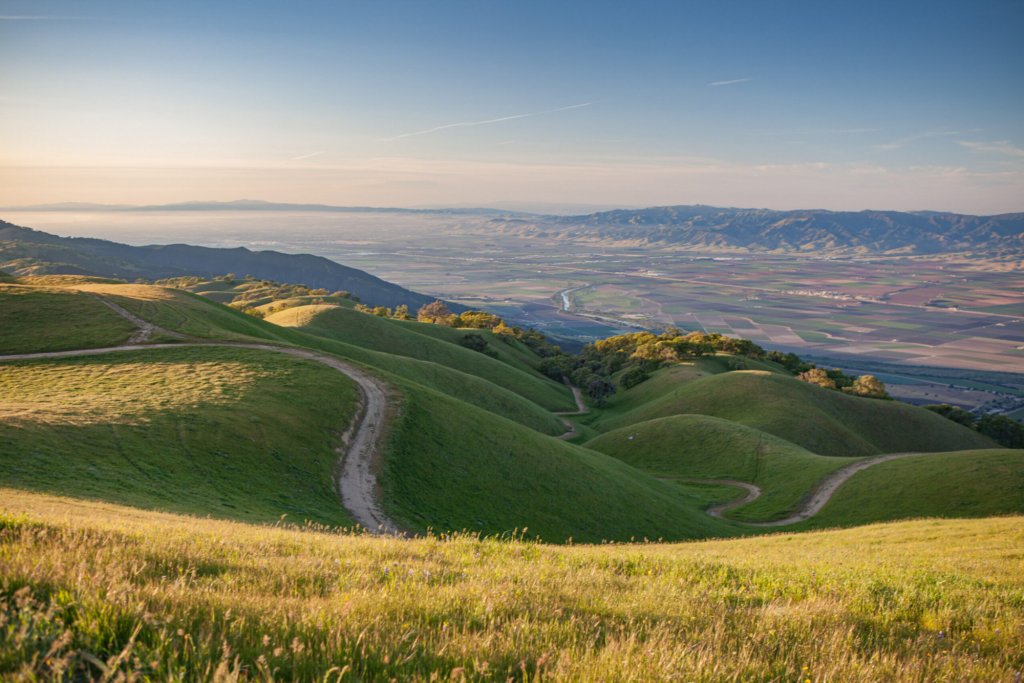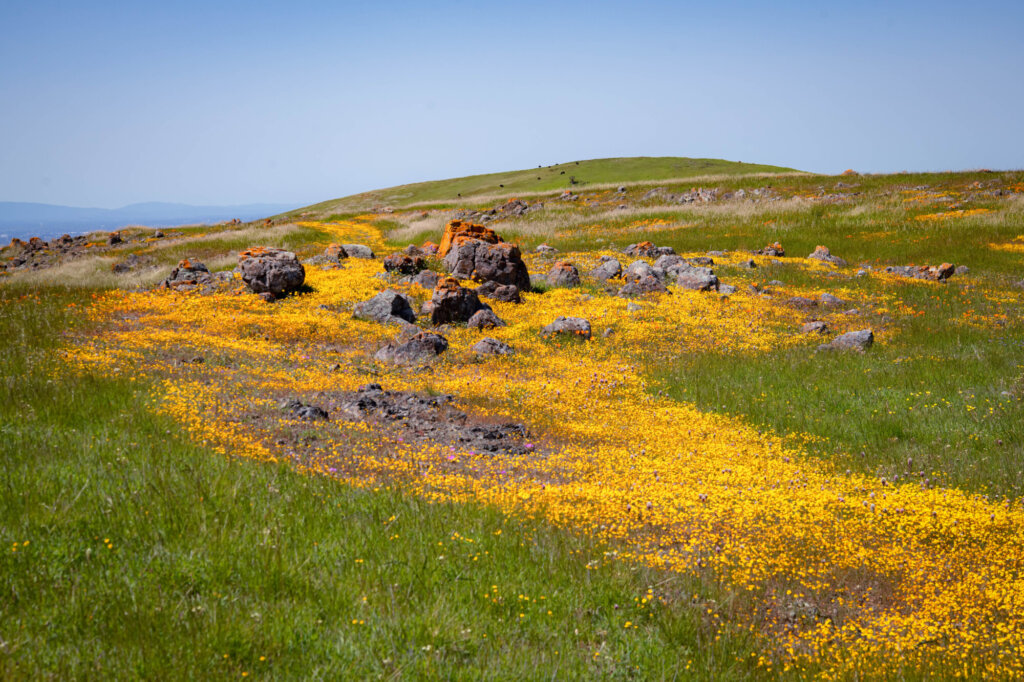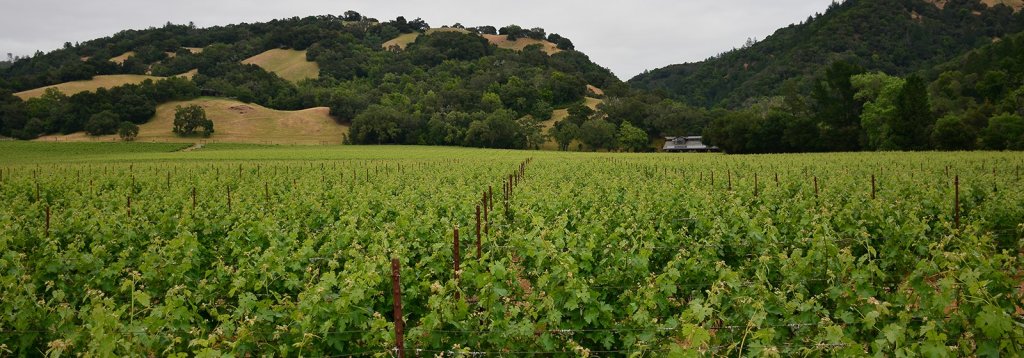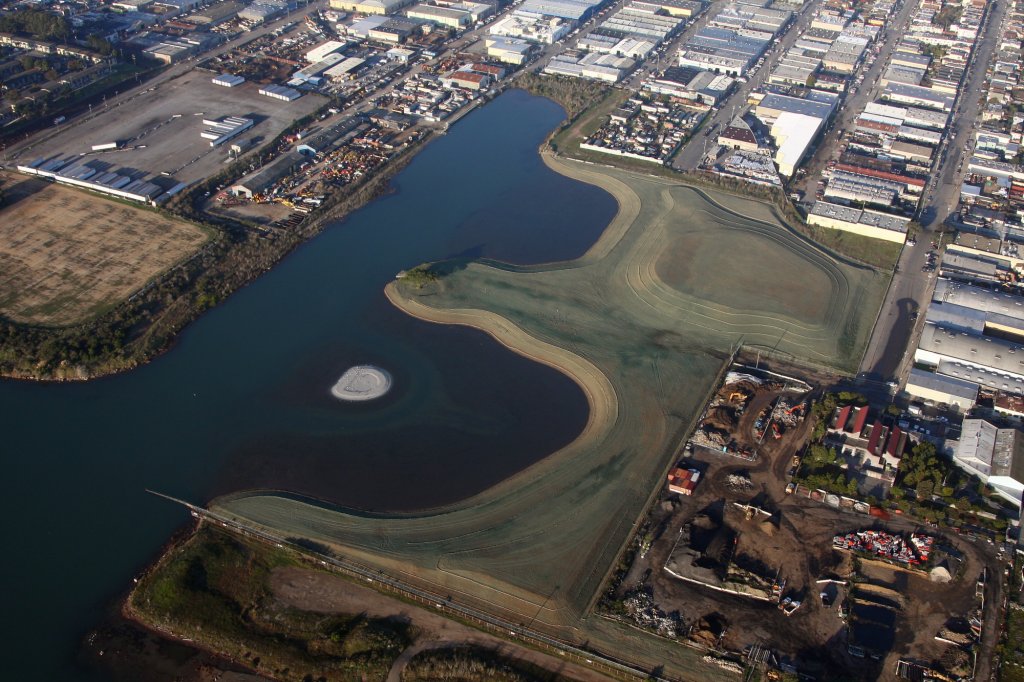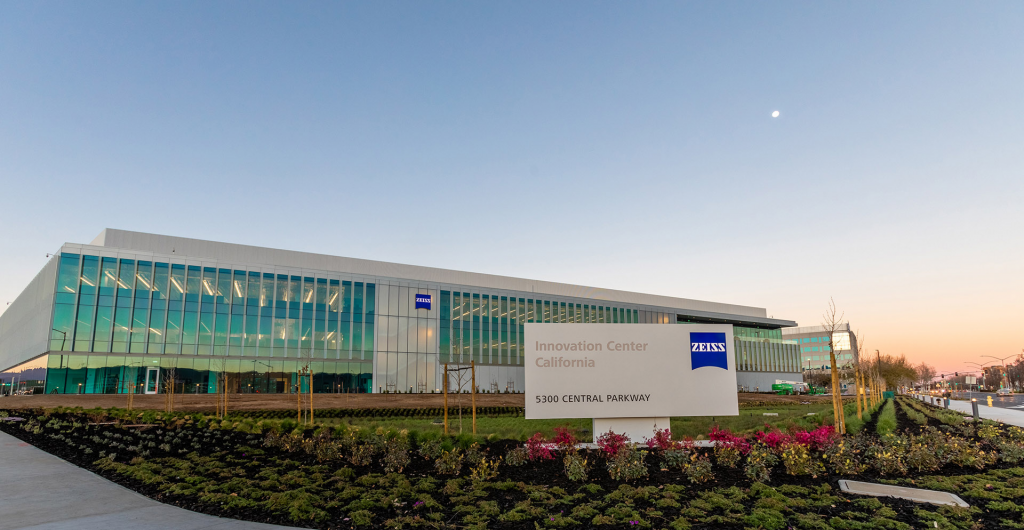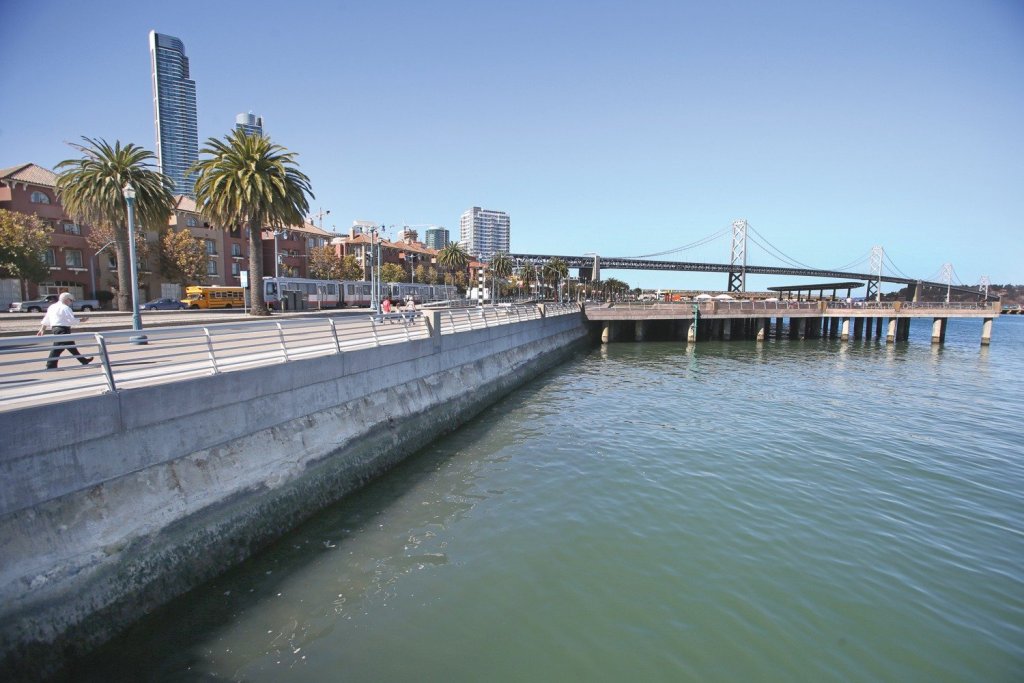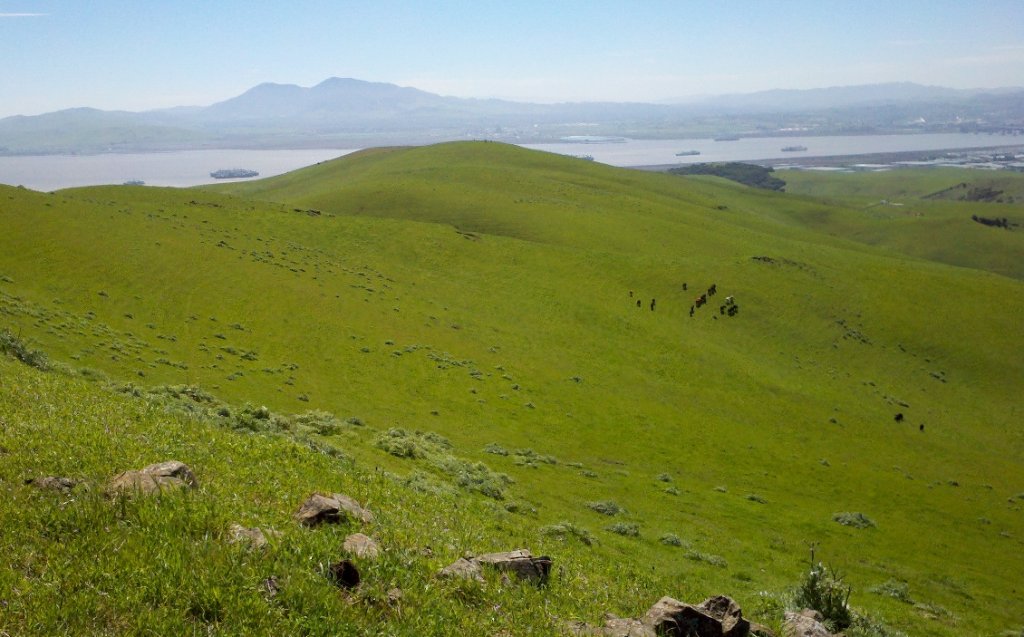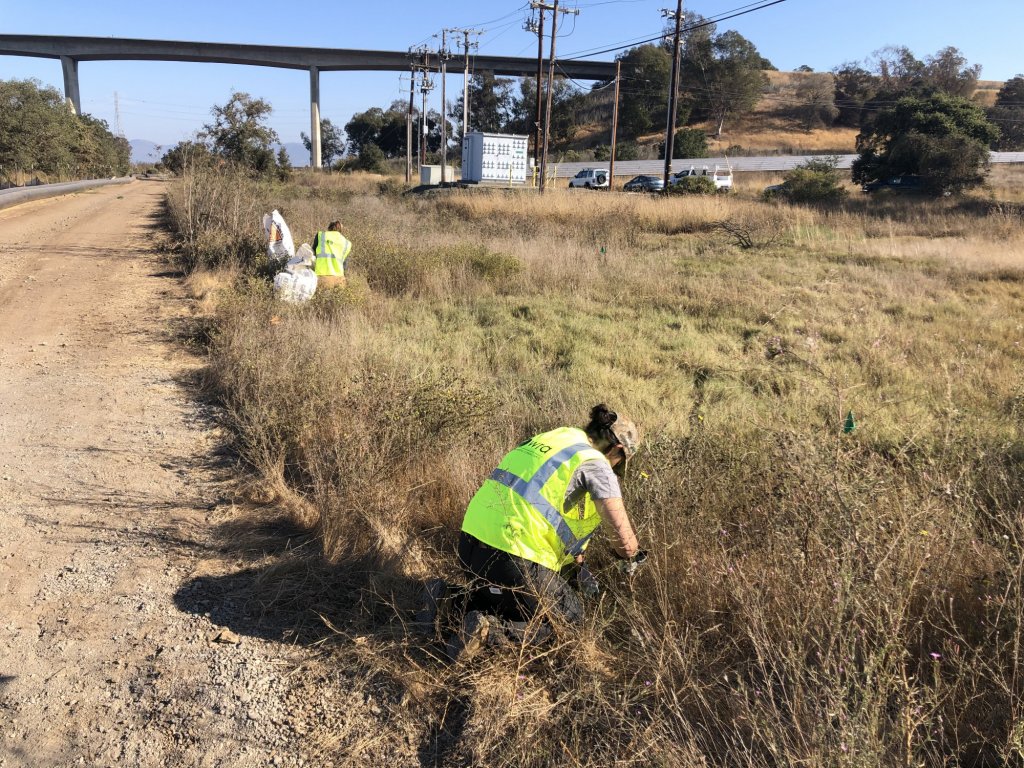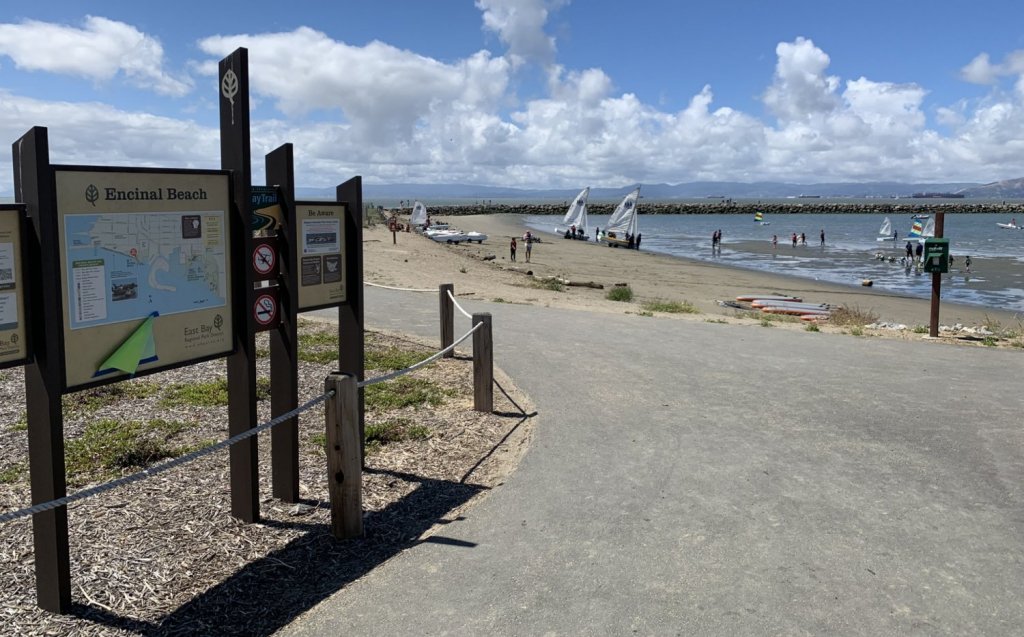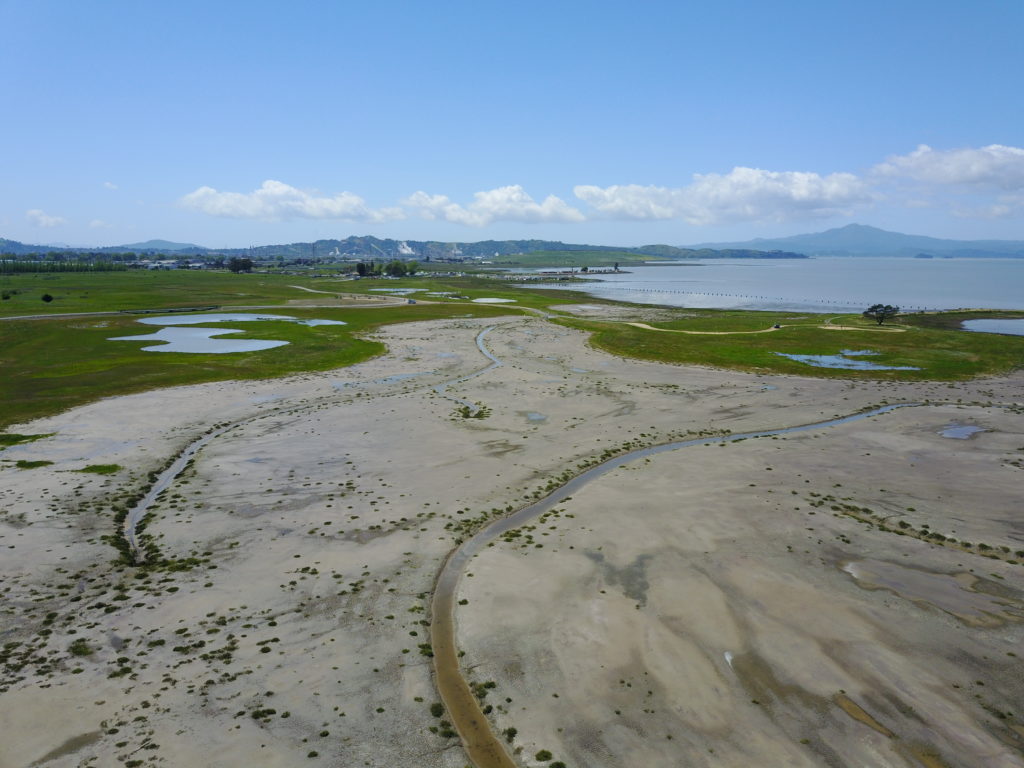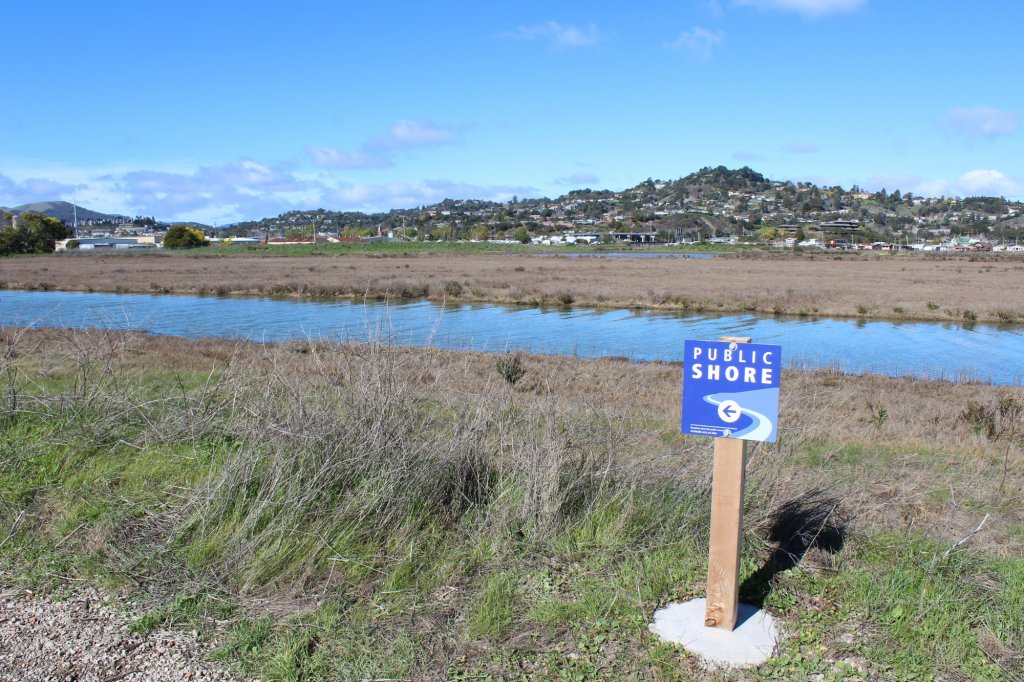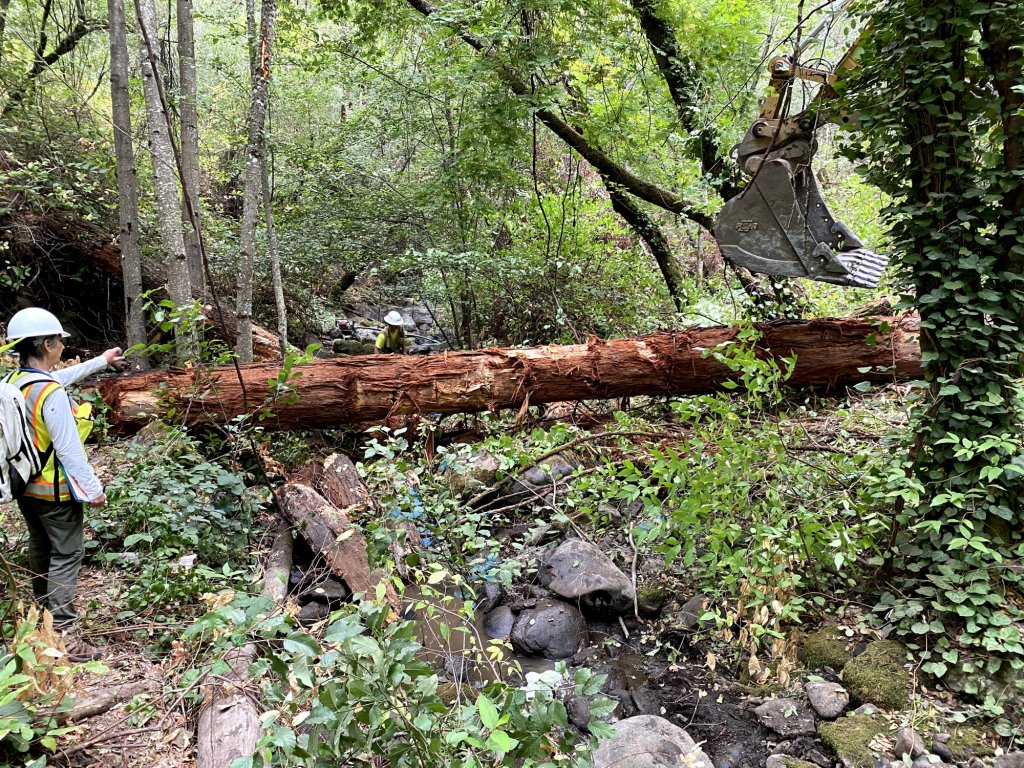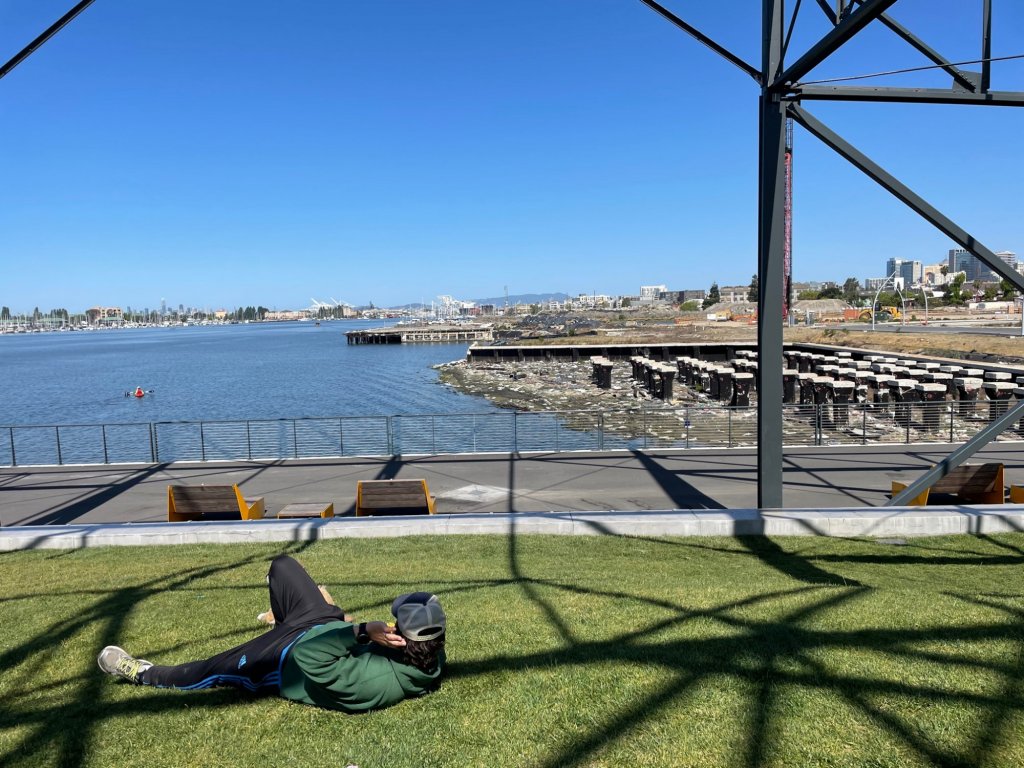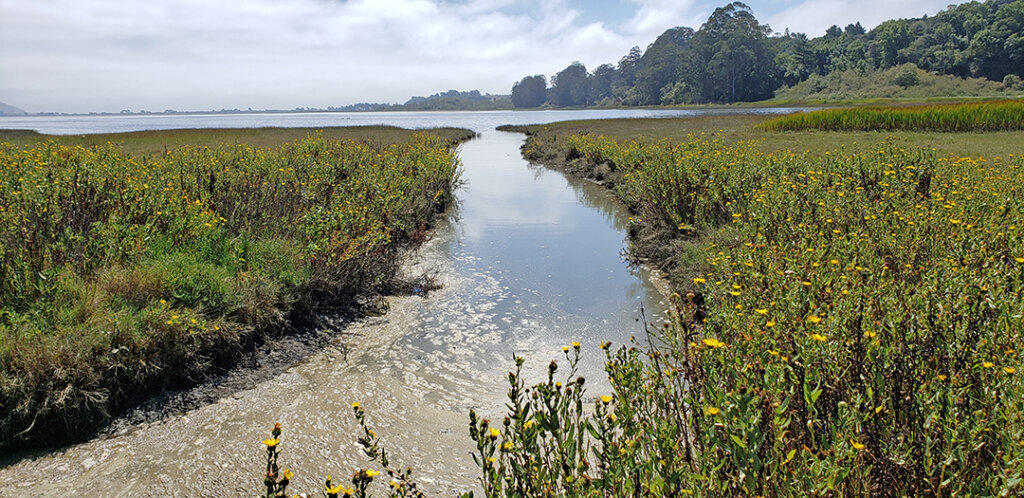Our Projects
Butte Sink Mitigation Bank Salmonid and Floodplain Habitat Restoration
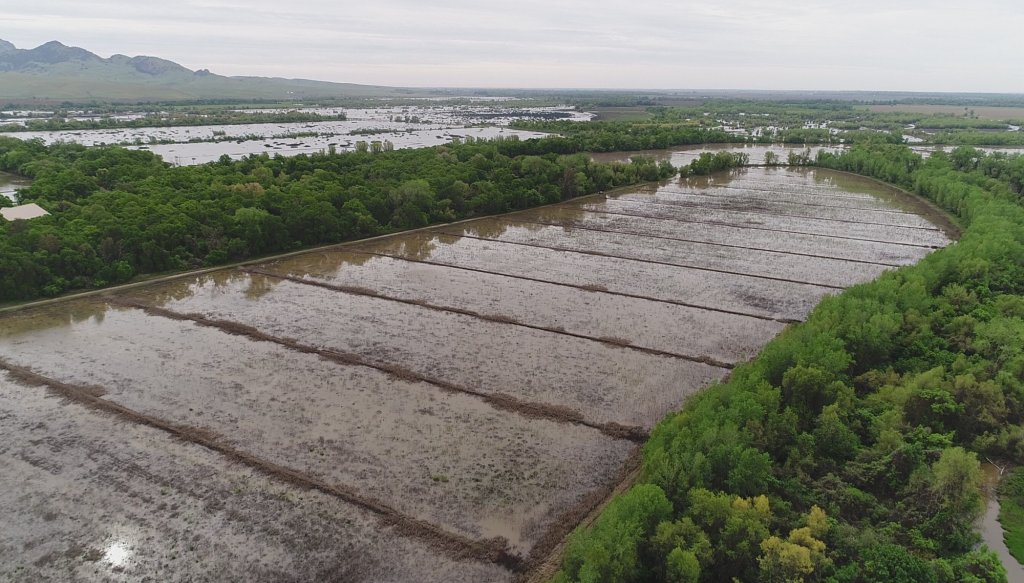
Goal
The project goal is to restore existing rice fields to a dynamic forested floodplain mosaic that serve as rearing habitat for juvenile salmonids.
The site is used by Central Valley steelhead (Oncorhynchus mykiss), Central Valley fall/late fall and spring-run Chinook salmon, and Sacramento River winter-run Chinook salmon, and other riparian species. It is a unique site because it is located at the outflow of the Sacramento River’s Colusa Weir and along Butte Creek, and it receives overbank flows from each on an almost yearly basis. The goals of the project are to restore floodplain rearing habitat for juvenile salmonids and re-establish appropriate rates and magnitudes of physical, chemical, and biological processes that shape and maintain the ecological systems on site.
Approach
WRA used cutting edge floodplain and salmonid science for a process-based restoration that re-engaged natural processes to create a resilient site.
The Butte Sink Mitigation Bank is an approximately 310-acre property in Colusa County, California along Butte Creek, which supports the largest wild population of Central Valley spring-run Chinook salmon (Oncorhynchus tshawytscha). WRA has led the bank entitlement and permitting process to restore existing rice fields to a dynamic forested floodplain mosaic. This process has included the development of the Bank Enabling Instrument and all associated exhibits, which include interim and long-term management plans, restoration designs, and performance monitoring and standards. WRA facilitates communications between various agencies for the project, including the U.S. Army Corps of Engineers, National Marine Fisheries Service, California Department of Fish and Wildlife, U.S. Environmental Protection Agency, and Central Valley Regional Water Quality Control Board, and leads all technical discussions. Construction is expected to commence in 2022.
The WRA team utilized its breadth of expertise in fisheries, restoration ecology, hydraulic modeling, and geomorphology. We used cutting-edge floodplain and salmonid science to develop a process-based approach to restoration that will re-engage natural processes to develop a self-sustaining and resilient site. WRA is currently coordinating with floodplain and salmonid researchers at the University of California, Davis who are conducting cage trials on the project site pre-restoration to assess the food productivity and juvenile salmonid growth.
Impact
Increased floodplain connectivity and drainage minimizes fish stranding and increases the extent and frequency of suitable juvenile salmonid rearing habitat.
WRA generated hydraulic models that predicted the depth, duration, and extent flooding from Butte Creek and the Colusa Weir onto the site to determine suitability of the proposed design for juvenile salmonids. More normative flood frequencies and drainage will be established by removing and/or notching existing agricultural berms, removing culverts, and re-routing portions of an irrigation canal outside of the project site. By increasing floodplain connectivity and drainage across the site, fish stranding will be minimized, and the extent and frequency of suitable juvenile salmonid rearing habitat will increase. Habitat for juvenile salmonids will also be improved by installing debris racks within flow paths on site, which will trap vegetative and woody debris that provide important structure for hiding from predators, shading, and velocity breaks. Flood waters and deposited sediment will create suitable germination habitat to recruit early successional native floodplain species, such as willows and cottonwoods, as well bring in seeds and propagules. Natural recruitment will be complimented by active planting of live stakes across portions of the site.
Experts
Project Specifics
Project Partners
Butte Creek Farms
Detailed Services
Regulatory permitting
Hydraulic modeling
Final Banking Enabling Instrument
Biological studies
Habitat restoration design
CEQA documentation




